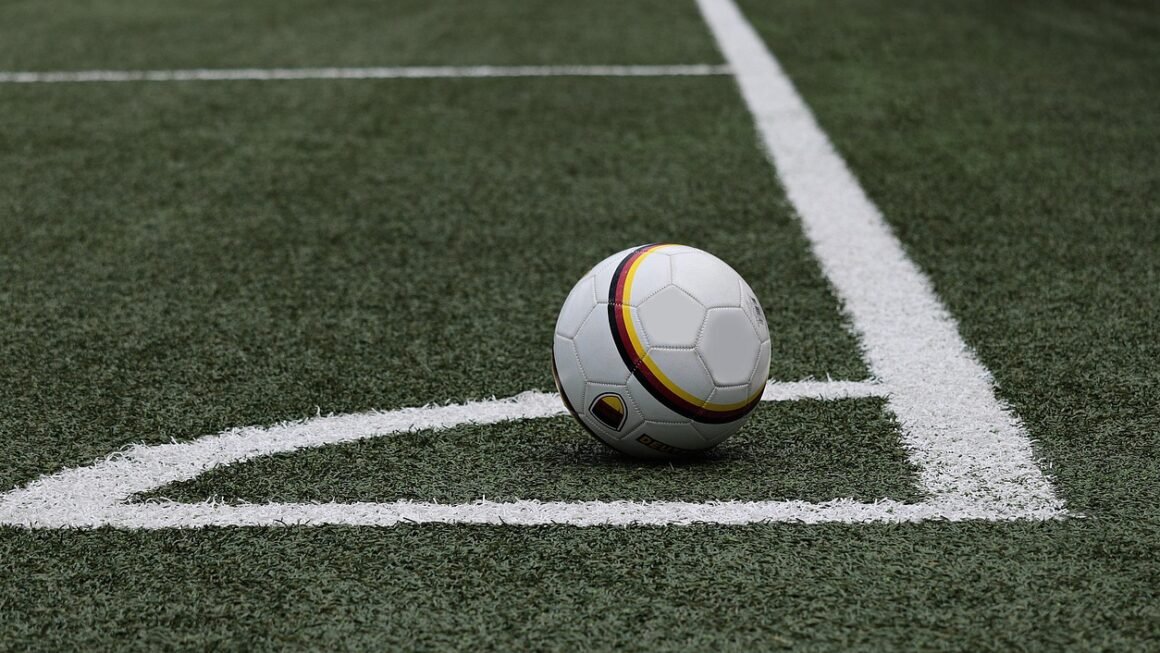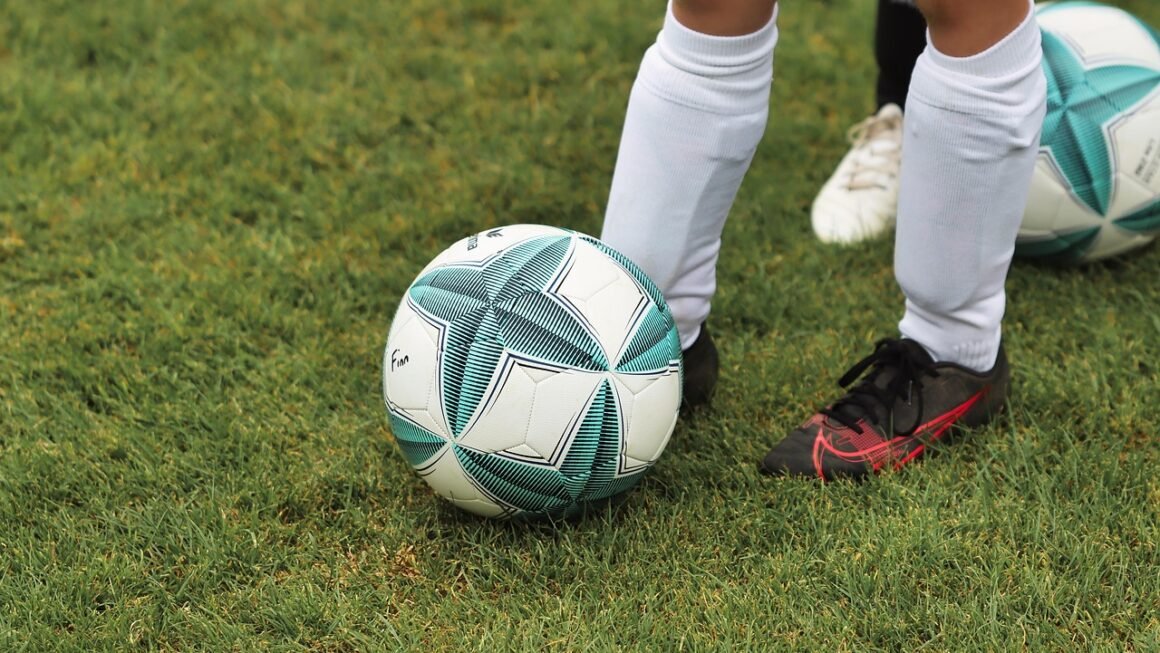Gymnastics, a captivating blend of athleticism, artistry, and precision, is more than just flips and handstands. It’s a demanding sport that cultivates strength, flexibility, coordination, and mental fortitude. Whether you’re a parent considering enrolling your child, an aspiring gymnast, or simply curious about this dynamic discipline, this guide will provide a comprehensive overview of the world of gymnastics.
The Physical and Mental Benefits of Gymnastics
Gymnastics offers a wealth of benefits that extend far beyond the gym. The discipline and skills acquired translate into improved physical health and enhanced mental well-being.
Strength and Flexibility Development
Gymnastics builds both static and dynamic strength. Exercises like holding a plank, performing handstands, and executing vault landings require significant muscle engagement.
- Example: A gymnast performing a routine on the uneven bars must possess exceptional upper body strength to swing and release efficiently.
- Benefits: Increased bone density, improved posture, reduced risk of injuries.
Flexibility is equally crucial. Gymnastics routines require athletes to perform splits, backbends, and other challenging stretches.
- Example: Achieving a full split significantly enhances performance on the balance beam and floor exercise.
- Benefits: Improved range of motion, decreased muscle soreness, and enhanced overall athletic performance.
Coordination and Balance Enhancement
Gymnastics dramatically improves coordination and balance. Routines on the balance beam, for instance, demand precise body control and spatial awareness.
- Example: A gymnast executing a series of turns and leaps on the beam must maintain perfect equilibrium to avoid falling.
- Benefits: Improved reaction time, enhanced motor skills, and better overall body control.
Discipline and Mental Toughness
Beyond the physical, gymnastics cultivates mental resilience and discipline. Athletes learn to overcome challenges, persevere through setbacks, and manage pressure in competitions.
- Example: Learning a new skill can take weeks or even months of consistent practice and repeated attempts.
- Benefits: Improved self-confidence, enhanced focus, and increased ability to handle stress.
Gymnastics Disciplines: A Breakdown
Gymnastics encompasses several distinct disciplines, each with its unique set of skills and challenges.
Women’s Artistic Gymnastics
Women’s artistic gymnastics features four events: vault, uneven bars, balance beam, and floor exercise.
- Vault: Involves a short run, a takeoff onto a springboard, and a dynamic aerial maneuver onto the vaulting table.
Example: A Yurchenko vault involves a round-off onto the springboard, followed by a back handspring onto the vault.
- Uneven Bars: Requires athletes to swing, release, and catch between two bars set at different heights.
Example: A Shaposhnikova release involves releasing from the high bar, performing a backswing over the low bar, and catching the high bar again.
- Balance Beam: Demands precision, balance, and artistry on a narrow beam.
Example: A series of leaps, turns, and acrobatic elements performed seamlessly on the beam.
- Floor Exercise: Combines tumbling passes, dance elements, and artistic expression on a sprung floor.
Example: A routine incorporates double-twisting layouts, piked full-ins, and elegant choreography.
Men’s Artistic Gymnastics
Men’s artistic gymnastics comprises six events: floor exercise, pommel horse, rings, vault, parallel bars, and horizontal bar.
- Floor Exercise: Similar to women’s floor exercise, but with a greater emphasis on strength and power.
- Pommel Horse: Requires athletes to perform continuous circular motions with both hands on the pommels.
- Rings: Demands exceptional upper body strength to hold static positions and perform dynamic swings.
- Vault: Similar to women’s vault, but often involves more complex and powerful maneuvers.
- Parallel Bars: Requires athletes to swing, release, and catch between two parallel bars.
- Horizontal Bar: Demands athletes to perform giant swings, release moves, and intricate combinations on a single bar.
Rhythmic Gymnastics
Rhythmic gymnastics combines elements of ballet, dance, and gymnastics with the use of hand apparatus: rope, hoop, ball, clubs, and ribbon.
- Focus: Grace, flexibility, and artistry.
- Example: A routine might involve a gymnast manipulating a ribbon while performing leaps and turns.
Trampoline Gymnastics
Trampoline gymnastics involves performing acrobatic skills on a trampoline.
- Disciplines: Individual trampoline, synchronized trampoline, and double mini-trampoline.
- Example: A gymnast might perform a triple-twisting double back somersault on the trampoline.
Getting Started in Gymnastics
If you’re interested in pursuing gymnastics, there are several options available.
Finding a Gymnastics Program
- Recreational Programs: Offer introductory classes for children and adults of all ages and skill levels. These programs focus on teaching basic gymnastics skills and promoting physical fitness.
- Competitive Programs: For more serious gymnasts who aspire to compete at higher levels. These programs require a significant commitment of time and energy.
- Gymnastics Clubs: Research local gymnastics clubs, read reviews, and visit the facilities to assess the coaching staff, equipment, and overall atmosphere.
* Check for USA Gymnastics Membership: Ensure that the program is affiliated with USA Gymnastics to ensure safety and quality standards.
Essential Equipment and Attire
- Leotard: A close-fitting garment worn by female gymnasts.
- Grips: Leather or synthetic hand coverings used by gymnasts on the uneven bars and rings to improve grip and prevent blisters.
- Gym Shorts: Worn by male gymnasts during training and competition.
- Proper Footwear: Gymnastics shoes or bare feet, depending on the event.
Safety Considerations
- Proper Warm-up and Stretching: Crucial for preventing injuries.
- Qualified Coaching: Ensure that instructors are certified and experienced.
- Spotting: Having a coach or experienced gymnast spot during new skill attempts.
- Equipment Maintenance: Regularly inspect equipment for damage and ensure it is properly maintained.
Understanding Gymnastics Scoring and Competition
Gymnastics competitions involve judges evaluating each routine based on difficulty, execution, and artistry.
Difficulty Score
The difficulty score is determined by the elements performed in the routine. Each skill has a predetermined value based on its complexity. The more difficult the routine, the higher the potential difficulty score.
Execution Score
The execution score reflects the gymnast’s performance of each skill. Judges deduct points for errors such as falls, wobbles, and poor form.
Artistry Score (Rhythmic Gymnastics and Floor Exercise)
In rhythmic gymnastics and floor exercise, an artistry score is awarded based on the gymnast’s performance quality, musicality, and choreography.
Competition Levels
Gymnastics competitions are typically organized by levels, ranging from entry-level programs to elite competitions. As gymnasts progress, they advance to higher levels and compete against more skilled athletes. In USA Gymnastics, levels generally range from Levels 1-10, followed by Elite.
Conclusion
Gymnastics is a challenging yet rewarding sport that offers numerous physical, mental, and emotional benefits. From building strength and flexibility to fostering discipline and resilience, gymnastics provides a foundation for success in all aspects of life. Whether you’re a beginner or an experienced athlete, the world of gymnastics has something to offer everyone. Take the leap, explore the possibilities, and discover the transformative power of this extraordinary discipline.



